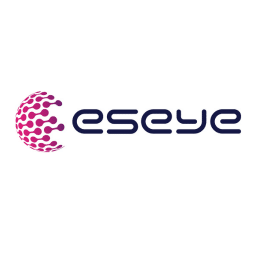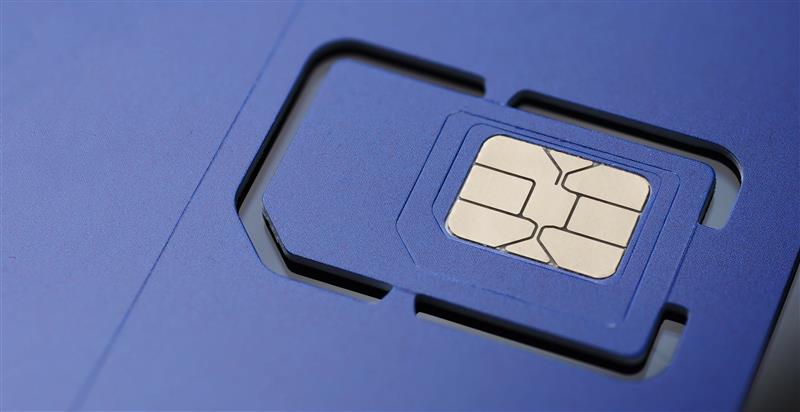Here’s seven definitive questions you need to ask to successfully develop and deploy your IoT project.
1. What are the best options for device connectivity: wired, WiFi, radio or Cellular?
If a wire or WiFi, do you have control over the setting in which the device will exist? Do you know how much the installation of network cabling or infrastructure at each location will add to the project costs? Do you control the WiFi? If you don’t, but link to it, how will you ensure you stay connected at each location when something happens onsite?
If Radio and you’re deploying worldwide, how will you ensure you adhere to local legislation regarding frequencies, transmitter powers and the approvals you’ll need for each country?
If Cellular, consider where your devices will be located and importantly, question whether they will be fixed or moving?
A general rule is the more global and the more areas your devices are entering, the more you’ll need to invest in the planning and the device.
2. How much money will lost connectivity and downtime cost me?
We advise you to calculate this carefully, and we can help. You might be surprised at the speed at which the numbers escalate. For example, single network operators average around 80% coverage at the locations in which IoT devices are installed. Eseye, with its unique multi-IMSI and eUICC+ SIM technology, offers near 100% global connectivity.
The more downtime costs you, the more you should invest in build and connectivity options. You should also estimate the cost of onsite maintenance visits and do everything you can to minimize these. Early procurement savings may have long-term negative results on the project if ongoing costs escalate.
3. How do I build IoT devices that will connect and stay connected, wherever they are deployed?
Do you fully understand the range of environments the device is expected to work in? This knowledge is crucial and has a significant impact on the hardware and software choices you will make. Will you go in-house or use a third-party contractor for design, and how much are you prepared to spend on device hardware? We know well that there are pros and cons to both approaches. This is another area where early planning and investment will reap rewards further down the line.
We have helped to deliver over 500 unique IoT device design projects and provide connectivity to more than 2,000 customers globally that are now deployed actively in the field. We can design your IoT device for you and guide you through the device cycle from design to prototyping, development, field trials, building, testing, certification, production and deployment. Our team of experts ensure your device is equipped with all of the protocols it will need for the long term (10-15 years or even longer) and that it’s designed as a single stock-keeping unit (SKU) to simplify global deployment.
We also manufacture reliable, leading-edge IoT hardware. The HERA 600 series is a highly adaptable and compact specialist IoT router for cellular, Wi-Fi and Ethernet access with 3G/4G failover. The Intelligent Cloud Connect is a joint solution created with Thales. This plug-and-play IoT module provides global connectivity and seamlessly integrates with AWS IoT Core, and helps reduce a product’s time to market by 75%.
4. How can I contract and connect my IoT devices in multiple locations, regions and countries?
If you plan to manage this in-house, you’ll need to build expertise and capacity. For global deployments, you’ll need to understand local regulations which, for example, can stop a standard roaming SIM card from working in a number of countries. Nor is the legislation as light or simple as you might wish, as different countries require different certifications and are subject to local laws.
In terms of contracting with Mobile Network Operators (MNOs), if you engage in a multi-country deployment, be prepared to find their world fragmented. There are around 800 MNOs worldwide (source GSMA), and individual contracts will result in you having to manage across multiple SLAs, languages, customer support centres, data price points and billing formats.
Plus, if your business case requires over 80% network coverage, you’ll need to contract with at least two different network operators in each country. There are also in-country roaming rules and localisation you need to keep on top of.
An alternative is to engage with companies like us, who become a single point of contact and contract, managing all of the above. Combining both localisation and roaming partners, Eseye has access to over 700+ networks globally, with multiple operators covering 190 countries.
5. How can I make sure I get problems fixed quickly?
When you have issues, and there will be some, resolutions will be quicker and more successful if you can talk directly to IoT experts who understand the device and the way it might operate on the network. Not all MNOs deliver this, so make sure you check and get references on customer support from existing clients with similar scale deployments to your own.
Our experienced teams provide proactive and dedicated service delivery and management of your IoT device estate, from onboarding to deployment and ongoing optimisation.
6. What cloud storage should I use and how will I make sure data can be reported and analysed effectively?
This is the essence and value of IoT: to be able to gather information from all devices and centrally view and manage them, in order to save or make money, deliver a better, personalised experience, or even make real-world change.
There will be a budget and benefit analysis to undertake, but you have two main routes to choose from: either build an in-house server and developer capacity or buy in Cloud services and configure your project around their rules. Your requirement may be so unique you have no choice but to retain a developer team and build and manage in-house hardware and analytics software.
However, for most, customizable off-the-shelf storage and analytics solutions will be fit for purpose and give better value and scope to scale. Bear in mind that the bolt-on data analysis and security device management software that companies like AWS are developing will continue to add services; just as long as you are willing to configure by their rules, e.g. MQTT (Message Queuing Telemetry Transport).
On this note, in establishing their rules, cloud providers have invested thousands of hours designing, building and testing for reliability, in a wide variety of real work scenarios. Whilst you may initially find adhering to some of the design rules and standards difficult and will be tempted to design a simpler custom solution, think hard about whether this is a sensible and scalable, long-term strategy.
We provide a comprehensive, private and secure network connection for real-time data ingestion into private or public cloud platforms, including AWS, Azure and Google. Our AnyNet Cloud solution enables data analytics, security and device management.
7. How can I ensure my IoT deployment is as secure as possible throughout its lifecycle?
It is essential to consider IoT security from device to cloud. As you prepare your devices and connectivity you should decide where your security boundary is and plan accordingly. Give serious consideration to contracting third-party penetration testing experts and ensure your team is keen to encourage this.
Since our inception, we have built security into our offering from the ground up in our AnyNet Secure® SIM and the connectivity platform that delivers our global connectivity service to devices all over the world. Our powerful connection to cloud services, such as AWS IoT Core, significantly reduces the risk of security failure by activating and sharing security and identity information over-the-air, automatically, at the point of device deployment anywhere in the world.
The path to IoT success
We have only touched the surface here and hope we have helped you to consider the complexities involved and the decisions you need to make when planning your IoT project.
IoT is complex but each one of these, and other significant related questions, has been addressed successfully in numerous Eseye projects.
We have demonstrable device design, technical expertise and vertical sector experience to help you navigate your IoT project to success. We’ll guide you every step of the way, as we have for countless others.
Now’s the time to unlock the potential of IoT – without limits.
Eseye brings decades of end-to-end expertise to integrate and optimise IoT connectivity delivering near 100% uptime. From idea to implementation and beyond, we deliver lasting value from IoT. Nobody does IoT better.
In this article
- 1. What are the best options for device connectivity: wired, WiFi, radio or Cellular?
- 2. How much money will lost connectivity and downtime cost me?
- 3. How do I build IoT devices that will connect and stay connected, wherever they are deployed?
- 4. How can I contract and connect my IoT devices in multiple locations, regions and countries?
- 5. How can I make sure I get problems fixed quickly?
- 6. What cloud storage should I use and how will I make sure data can be reported and analysed effectively?
- 7. How can I ensure my IoT deployment is as secure as possible throughout its lifecycle?
- The path to IoT success

